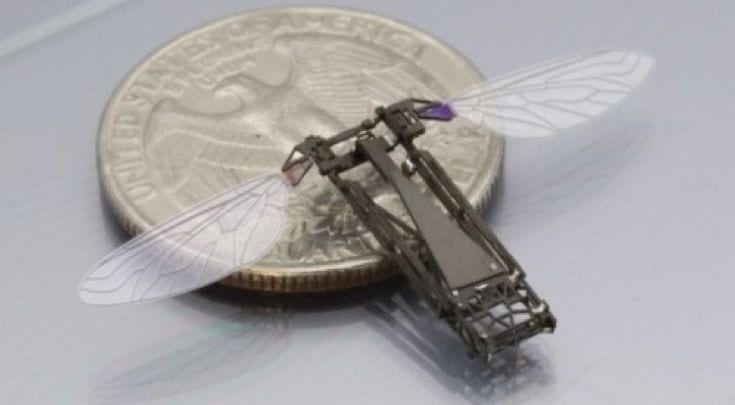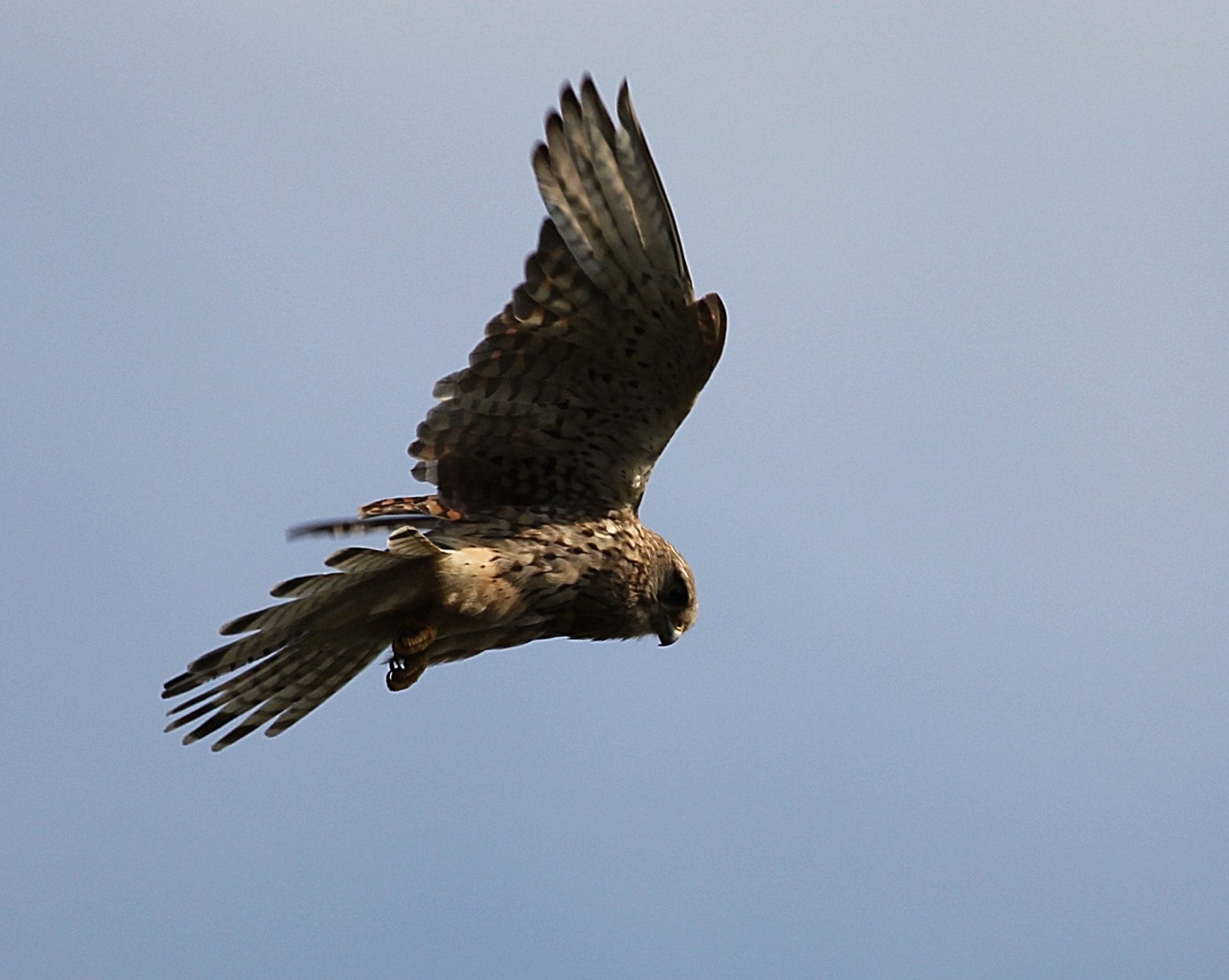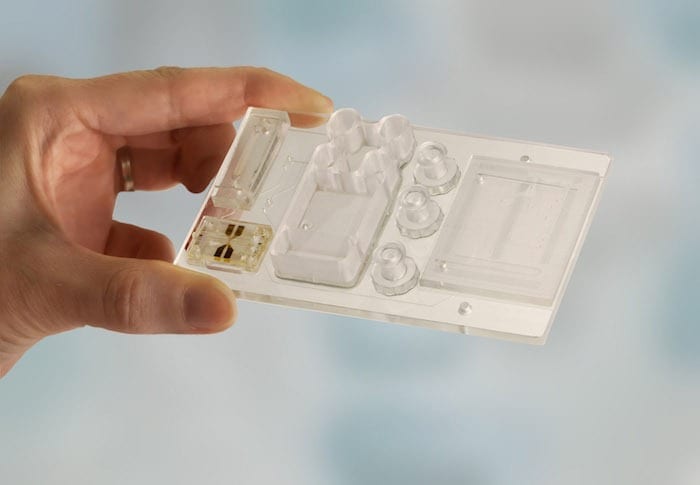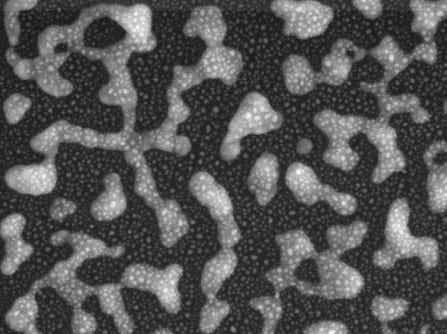
In a paper to be published in Unmanned Systems, a group of researchers have discovered that a navigation algorithm proposed by Baddeley et al. is able to allow MAVs to find their way back to an earlier visited location fairly quickly and efficiently, allowing it to function more similar to a flying insect.
Here’s a riddle an unmanned systems engineer might ask you someday: how does a Micro Aerial Vehicle (also known as an MAV) resemble a flying insect? Well, you might say in response, both MAVs and flying insects must navigate unknown complex environments. But an insect’s brain is small, and an MAV cannot perform heavy computations and often does not have a good sensor system. As a result, both the insect and the MAV must rely on simple, efficient navigation mechanisms that do not overtax their capacities. When developing an MAV, the challenge is therefore to write a navigation algorithm that works well without requiring lots of computing power.
One such algorithm, proposed by Baddeley et al., uses cameras to determine if a view is familiar to an MAV. If the view is familiar, the MAV must have passed that way before. By evaluating many such views for familiarity, the MAV can determine the correct direction to an earlier visited location. A small neural network is also used to store and recapitulate a route so that the initial location can be found. Baddeley et al. assert that this algorithm would make it unnecessary for the MAV to construct a map of its surroundings-a process that is frequently power-intensive.
A team of scientists comprising Gerald J. J. van Dalen, Kimberly N. McGuire, and Guido C. H. E. de Croon have put this algorithm to the test by using it in more realistic environments than those created by Baddeley et al. for their own experiments with the algorithm. The team also tested the algorithm on different image representations (raw pixels, colours and spatially invariant information) to see the impact of different image parameters. In addition, two methods of view representation were tested to determine which one produced superior results: a stored set of image representations (referred to as perfect memory) or an unsupervised neural network (known as Infomax). The sensitivity of the algorithm was tested during both rotation and translation as well. vIn the rotation condition, the MAV was made to perform a 360¡ã turn at a fixed location in the environment, in steps of 5¡ã. The views ‘seen’ by the MAV during this exercise are compared to a previously stored image drawn from that location. The team’s hypothesis is that familiarity should improve as the current view begins to resemble the stored image.
In the translation condition, the MAV was made to move from a given point along a given path towards a location in the environment. Again, the views ‘seen’ by the MAV during this exercise are compared to a previously stored image drawn from that location. The team’s hypothesis is that familiarity should improve as the distance between the MAV and the view in the stored image gets smaller. To test the sensitivity of the algorithm, the team has experimented with increasing the distance between the MAV and the view in the stored image, as well as increasing the heading angle at which the MAV approaches said view.
The results of this study suggest that the algorithm is a promising one. When tested, the MAVs performed well in several ways: they could accurately find their way back to an earlier visited location, they could do so fairly quickly, and they did not use very much computing power to achieve this. This has exciting implications. As this algorithm is computationally efficient, it could probably be applied to most MAVs to give them homing capabilities. You’d be able to send your MAVs out to collect data, secure in the knowledge that wherever they go, they’ll be able to come straight back to you afterwards.
Learn more: Visual Homing for Micro Aerial Vehicles using Scene Familiarity
The Latest on: Micro aerial vehicles
[google_news title=”” keyword=”micro aerial vehicles” num_posts=”10″ blurb_length=”0″ show_thumb=”left”]
via Google News
The Latest on: Micro aerial vehicles
- Global Advanced Air Mobility Market Size To Worth USD 51.6 Billion By 2033 | CAGR of 18.69%on May 17, 2024 at 7:00 am
The Advanced Air Mobility Market Size was valued at USD 9.3 Billion in 2023 and the Worldwide Advanced Air Mobility Market Size is expected to reach USD 51.6 Billion By 2033, according to a research ...
- SAPS rotorcraft and UAV acquisitions in Armscor supply chain queueon May 17, 2024 at 3:57 am
When it comes to feet on the ground, Minister Bheki Cele’s SA Police Service (SAPS) can successfully point to recruiting thousands, while he and National Police Commissioner, General Fannie Masemola, ...
- Poland completes receipt of Turkish UAVson May 17, 2024 at 3:54 am
Poland now has all 24 of the TB2 UAVs it ordered from Türkiye, operating them across four systems based at the 12th Unmanned Aerial Vehicle Base at Mirosławiec. (Polish MND) Poland has received the ...
- Unmanned Aerial Vehicleson April 27, 2024 at 1:53 am
The flights were the first involving a large fixed-wing aircraft at one of the FAA's six national UAS test sites, Aurora says.
- Here are 4 ways to defend against unmanned ground vehicleson April 24, 2024 at 5:00 pm
This picture taken on March 21, 2022, shows a view of Milrem Robotics' Estonian-built THeMIS (Tracked Hybrid Modular Infantry System) unmanned ground vehicle (UGV) on display at the Doha International ...
- New aerial vehicle seen on Chinese H-6 bomberon April 23, 2024 at 5:00 pm
This conceptualised graphic of a new air-launched vehicle recently carried by a Xi'an H-6MW bomber is based on a low-quality photograph. The new air vehicle is possibly based on the design and ...
- No Damages as MAVs Downed in Iran: FMon April 19, 2024 at 4:59 pm
TEHRAN (Tasnim) – The foreign minister of Iran said the shooting down of micro aerial vehicles by the Iranian air defense over the central city of Isfahan has not resulted in any damages or ...
- Unmanned Aerial Vehicleson April 17, 2024 at 8:15 am
There is nothing better than “being there” and this year’s drone models at Sun ’n‘ Fun give operators exactly that feeling.
- Meet the Marine aviator of the year ― an unmanned aerial vehicle piloton April 16, 2024 at 5:01 pm
Maj. Shane Gentry, an MQ-9A pilot, is the Marine Corps' aviator of the year. (Lance Cpl. Logan Beeney/Marine Corps) On March 14, Marine Maj. Shane Gentry’s phone started lighting up with text ...
via Bing News











